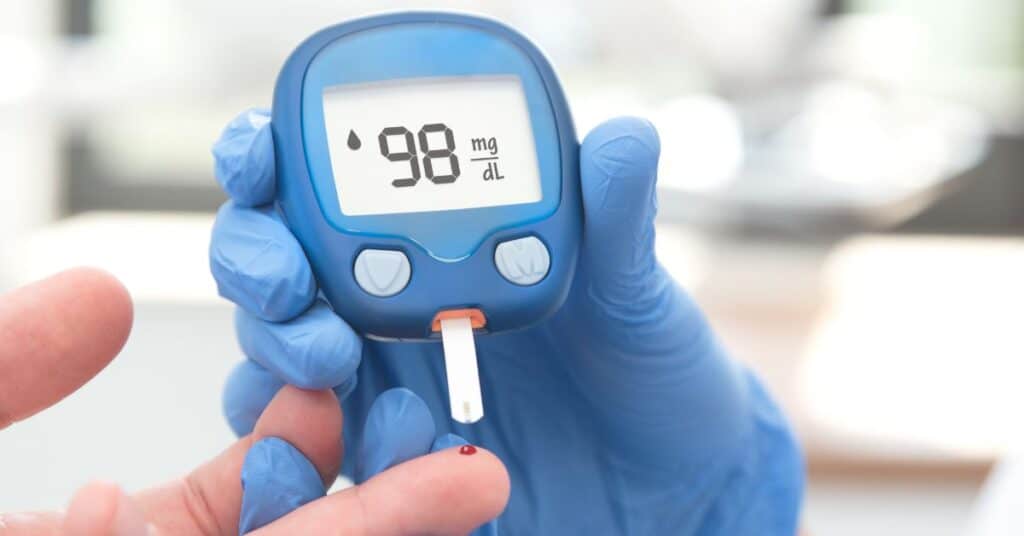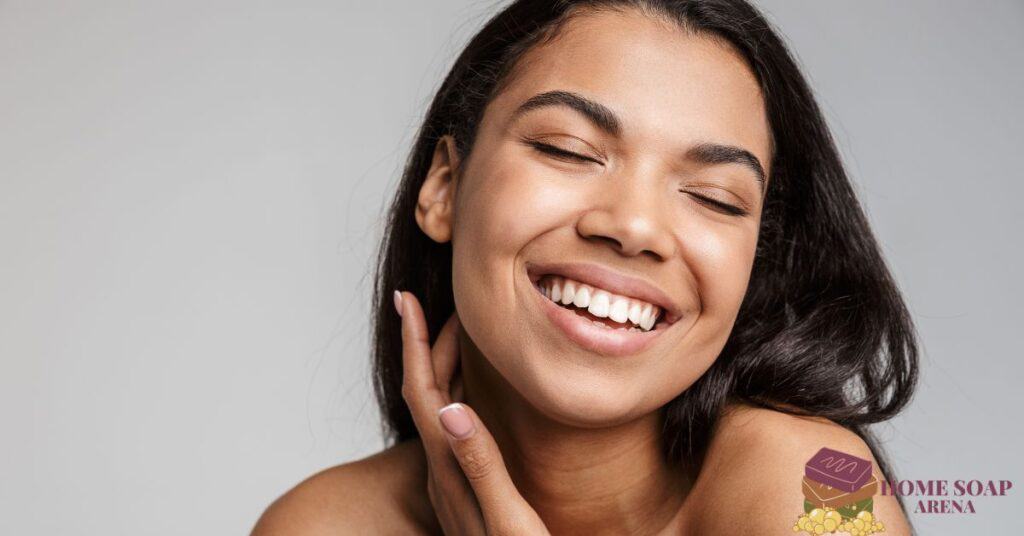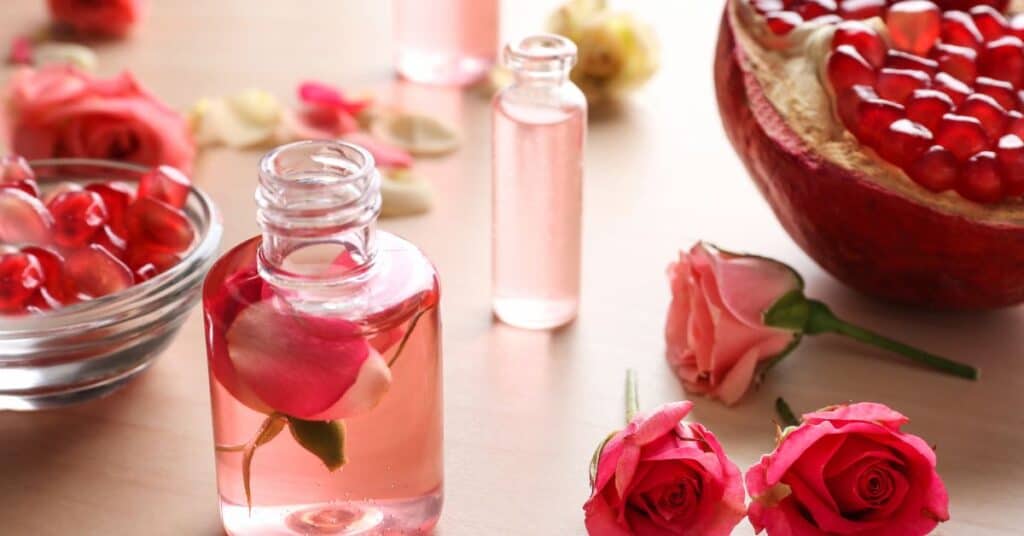Table of Contents
- How Scented Soap Can Affect Blood Sugar Readings
- How To Test Your Blood Sugar Correctly
- What Things Raise Blood Sugar Readings?
- Conclusion
Can scented soap cause high blood sugar? No! However, soap can affect the blood sugar reading outcome if not properly rinsed off.
Blood sugar, also known as blood glucose, is the amount of sugar in your blood that provides energy to your cells.
It is measured by a glucometer, which uses a small drop of blood from your fingertip.
You must understand how to measure blood glucose correctly and what factors influence it.
But did you know that some factors can affect the accuracy of your blood sugar readings? One of them is the soap you use to wash your hands before testing.
In this blog post, I will explain how scented soap can cause high blood sugar and what you can do to prevent it.
Let’s Start!
How Scented Soap Can Affect Blood Sugar Readings
Research has shown how Unclean hands and scented soap tend to affect the result of blood sugar readings.
Scented soap can affect blood sugar readings in two ways: leaving residue on your skin or containing ingredients that interfere with the glucometer.
Residue: Some scented soaps may leave a thin residue on your skin after washing.
This residue can contain oils, fragrances, moisturizers, or other substances that can mix with the blood drop and alter the glucose level.
For example, some soaps contain glycerin or glycerol, which are carbohydrates that can raise blood sugar.
Other soaps may contain antibacterial agents that also affect the glucometer.
To avoid this problem, rinse your hands well with water and dry them with a clean towel before testing.
If you are away from a sink and opt for an alcohol wipe, ensure your hands are thoroughly dried before pricking your finger.
However, I don’t recommend alcohol wipes or hand sanitizers, as they can dilute the blood sample and hurt and lower the glucose reading.
Interference: Some scented soaps may contain ingredients that can interfere with the chemical reaction that occurs in the glucometer.
This can cause false readings that are either too high or too low.
For example, some soaps may contain vitamin C, which can react with the glucose oxidase enzyme in the test strip and produce a higher reading.
Other soaps may contain maltose, which can be mistaken for glucose by some glucometers and produce a lower reading.
To avoid this problem, you should check the label of your soap and avoid using any that contain potential interferents.
Alternatively, you can use a plain, mild soap that does not contain any additives or fragrances. Can Fragrance Soap Cause UTI
Glycerol or glycerin: These are common ingredients in many soaps, especially those that are moisturizing or antibacterial.
They are also carbohydrates that can be absorbed through the skin and raise your blood sugar level.
Glycerol and glycerin are sometimes used as food additives and are considered by the FDA to be carbs
How To Test Your Blood Sugar Correctly
To avoid mistakes in blood sugar testing and ensure the accuracy of your blood sugar readings, you should follow these steps:
- Wash your hands with soap and water and rinse them well. Dry them with a clean towel or air dry them.
- If you use alcohol swabs, wipe your fingertip with one and wait until it is dry. And using different spots on the same finger can also prevent soreness.
- Prick your finger with a lancet and squeeze out a drop of blood. Do not use the first drop, as it may contain tissue fluid that can dilute the blood sample.
- Wipe it off with a cotton ball and squeeze out another drop.
- Apply the blood drop to the test strip and insert it into the glucometer. Wait for the result to appear on the screen.
- Record your blood sugar reading and safely dispose of the lancet and test strip.
- Make sure test strips are stored in a closed container, and check the test strip expiration date before using.
What Things Raise Blood Sugar Readings?
- Test Strip Problems: Throw out damaged or outdated test strips—store strips in their sealed container.
- Keep them away from moisture and humidity. Be sure the strips are meant for your specific glucose meter.
- Too much food, such as a meal or snack with more carbohydrates than usual, and Skipping breakfast—going without that morning meal can increase blood sugar after lunch and dinner.
- Inaccurate measurement and Losing sleep—even just one night of too little sleep can make your body use insulin less well.
- Not enough insulin or oral diabetes medications
- Stress, which can produce hormones that raise blood glucose levels
- Dehydration—less water in your body means your blood sugar is more concentrated.
- Short- or long-term pain, such as pain from a sunburn—your body releases hormones that raise blood glucose levels.
- Fully insert the test strip into the monitor. Replace the monitor batteries as needed. Replace the monitor every 4 to 5 years.
- Testing Too Soon After Eating: Test fasting blood sugar every time before you eat. Wait two hours after eating to get the best reading.
Conclusion
With a sufficient understanding of how scented soap can affect blood sugar readings, it is vital to take the necessary steps to get proper results.
While the allure of scented soaps is undeniable, the link between scented soap and high blood sugar is speculative at best.
Currently, insufficient scientific evidence supports the notion that using scented soaps directly causes elevated blood sugar levels.
However, individual sensitivities and allergies should be considered, and those with specific concerns should consult with healthcare professionals for personalized advice.
Ultimately, maintaining a healthy lifestyle, including a balanced diet and regular exercise, remains paramount for managing blood sugar levels.
As research continues, staying informed about the latest findings ensures that individuals can make well-informed decisions regarding their skincare routines.
Instead, use plain, mild soap and water to wash your hands thoroughly and dry them with a clean towel before doing a blood sugar test.



